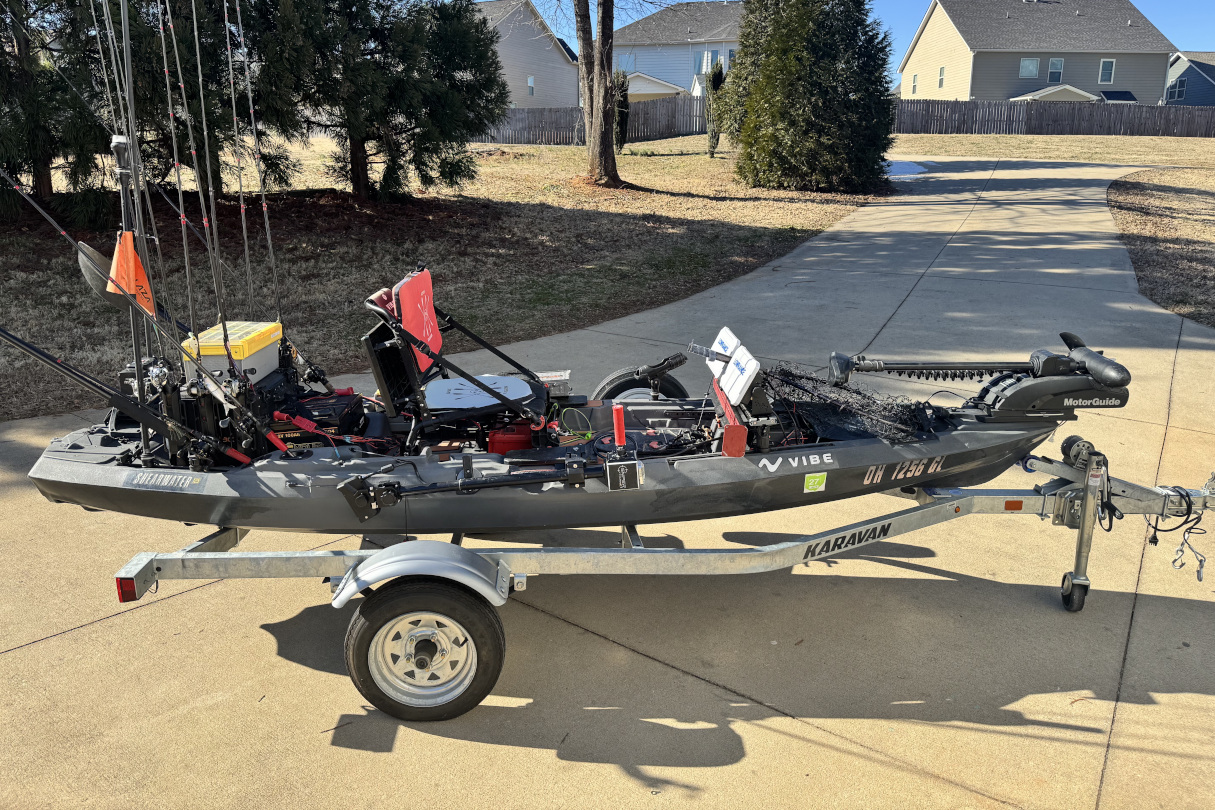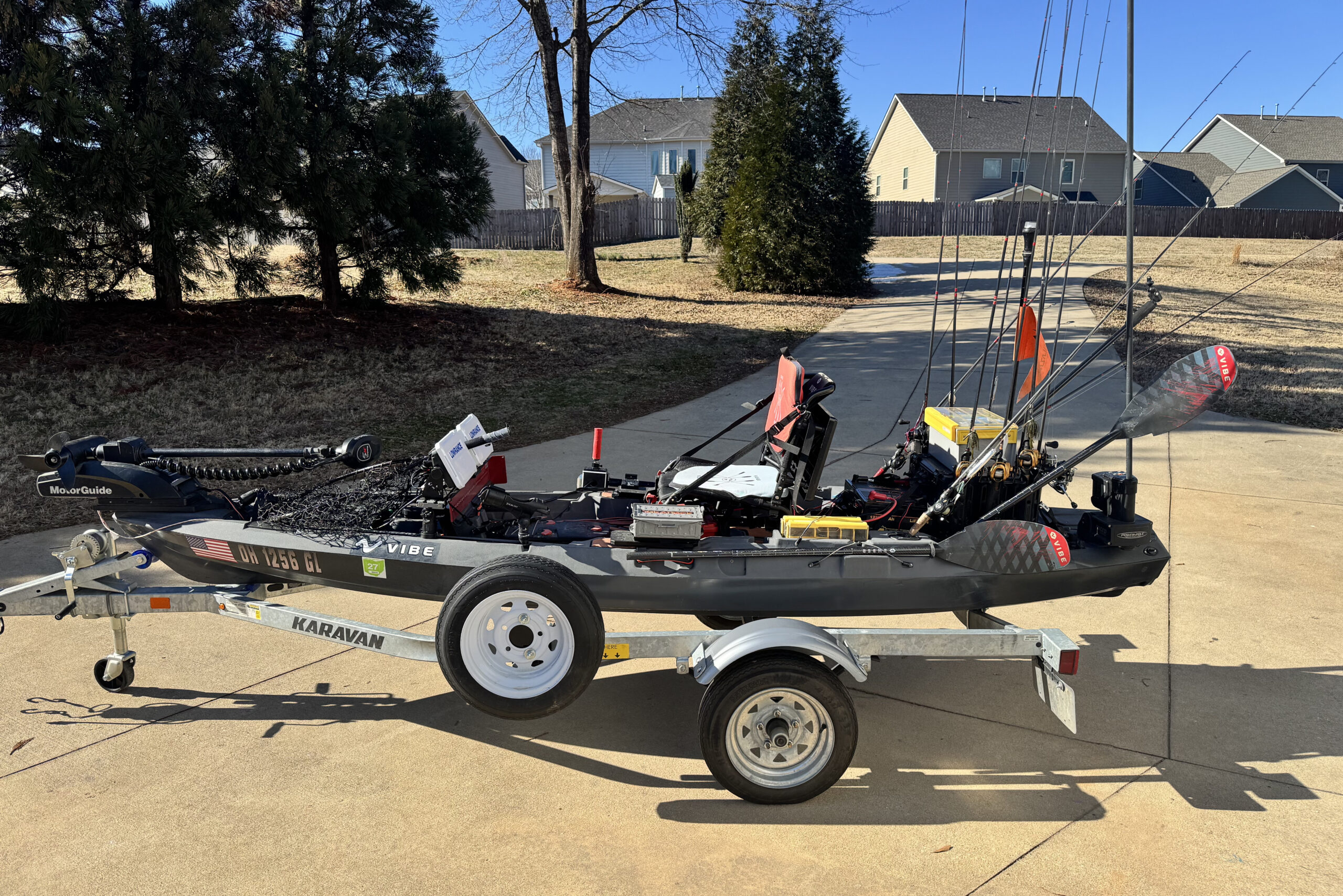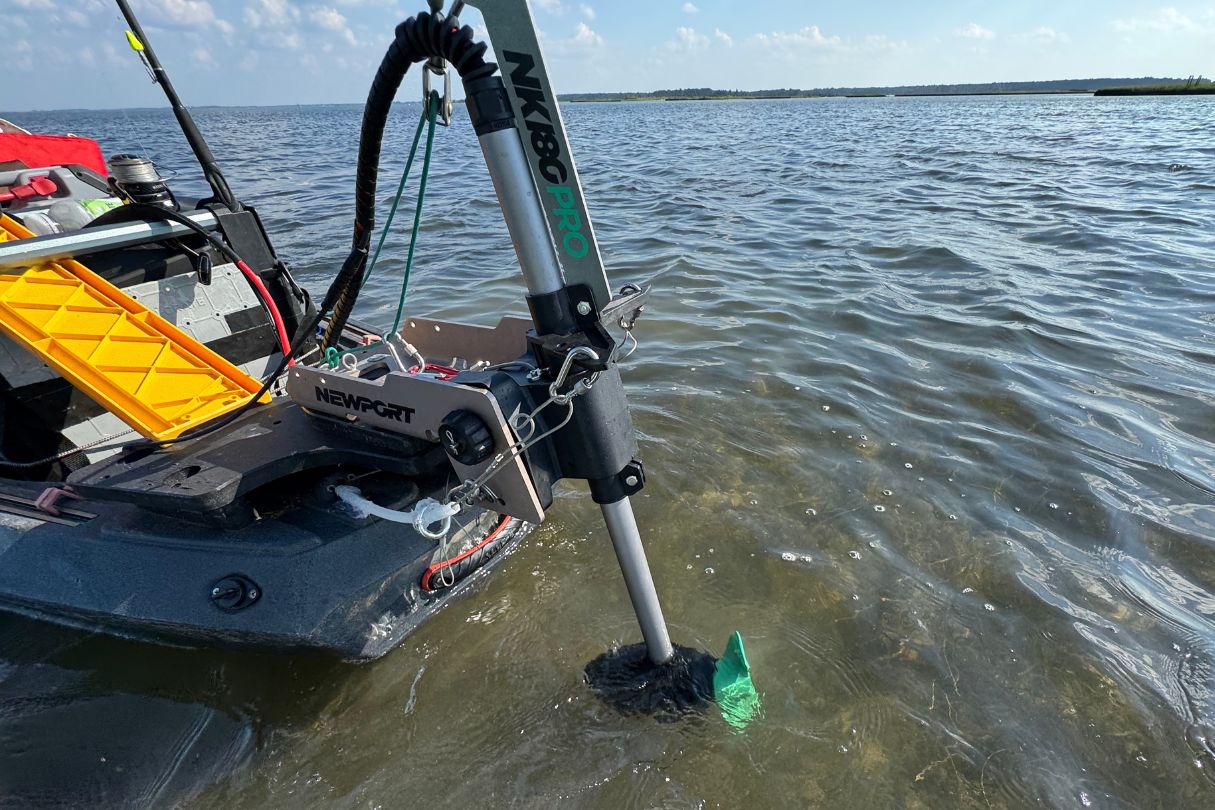Kayak manufacturers and accessory brands are trying to keep pace with the demands of anglers, who are replacing traditional motor boats with nimble little plastic watercrafts. With the platforms and gear being produced, anglers have impressively turned the minimalist kayak into full-on angling battle stations resembling the capability of bass boats and center consoles.
There’s almost no end to the modifications one can make to their fishing kayak, as evidenced by the setups of elite anglers. Rigging a kayak has officially become serious business, and to share some of the top modifications that can be added, we turned to the setup of Kayak Angler’s inaugural YakOff champion, Jake Suvak.
Best Fishing Kayak Modifications
Kayak Motor
Every build starts on the foundation of the kayak. Suvak has been using the Vibe Shearwater 125 since 2020. The Shearwater not only remains one of the best fishing kayaks available today. It is also one of the lower-cost high-performance boats out there, and as such comes more bare bones, yet ready to rig, providing the angler with a blank canvas to paint.
Motors are a ubiquitous topic when it comes to rigging a kayak. For example, Suvak has outfitted his with a MotorGuide Xi3 trolling motor at the bow. The most complex of these kayak motors include GPS and position locking technology, while the simplest fulfill the task of getting you where you want to go with varying amounts of horsepower or thrust.
Trolling motors require a shaft length that works with a kayak—a 36-inch shaft being ideal, though you can get away with a slightly longer size. It used to be that an angler would need to find a way to fashion a small trolling motor to their boat DIY style. With most of the popular kayak brands, this is no longer the case. Many have motor-mounting spots included on the boat. Mounting plates are also available. Often, there is the opportunity to decide between a bow- or stern-mounted motor. If your kayak has a slot in the center for a pedal drive, this is another option to consider, and has the advantage of not requiring drilling into your kayak.
See our picks for the best fishing kayak motors to learn more about the top options and which will best fit for your boat.

Accessory mounts
We can’t mention advanced setups in a fishing kayak without a stop at accessory mounts and tracks. These mounts allow you to attach, adjust, and swap electronics and accessories to the deck of your kayak with a nearly plug-and-play functionality.
There are fixed-base mounts and track systems. If your kayak doesn’t include gear tracks or mounts, these are readily available aftermarket from brands such as Scotty and YakAttack.
You can also have gear tracks attached to gear tracks. This is visible on Suvak’s Shearwater, who utilizes an crossbar fixed to his running tracks in order to mount his fishfinders centrally in front of his seating.
You’ll want to consider the accessories you plan to mount and how you want your interior space laid out when choosing accessory mounts for your boat.
Fish finder
Speaking of fish finders, the cockpit of a well-set-up fishing kayak is now regularly adorned with screens running with the shapes and colors representing the watery world below. Many anglers are using fish finders these days, and this has only increased significantly with the popularization of forward-facing sonar.
There are two main components to a fish finder, the display and the transducer. To connect these to your kayak you will also need to run the proper wiring and hardware, as well as hook it up to a battery. Modern fishing kayaks take fish finders into account with a transducer mount already built into the hull, and space to run the cablesl. However if it does not, you should also be prepared to drill through the deck of your kayak, and be on hand with the proper hardware and ability to seal the holes drilled in your boat.
“I’ve got the two Lowrance HDS-9 Live screens mounted up front here. These are both mounted on a captain’s bridge,” Suvak explains of the display setup on his deck. The HDS-9 for example has 3-in-1 Lowrance CHIRP, SideScan, and DownScan Imaging. The HDS-9 is also live sonar ready, and the display also comes equipped with charts.
There are a number of reliable kayak fish finder options options from other brands as well, including Garmin and Humminbird.
Transducer pole
It’s hard to miss the pole alongside Suvak’s kayak. This is the transducer pole for his forward-facing sonar. In general, a transducer arm is another option for your fish-finding setup. A simple articulating arm works well for traditional transducers, however, with forward-facing sonar, anglers are starting to use poles with more capability to pivot and rotate the transducer in order to target the place of live imaging, including Suvak’s pole from Sniper Marine.
“Something I love is that the Sniper Marine Kayak Pole has a really easy tension knob up top, so you can turn it and keep it in place,” says Suvak. “But what I am most excited for is this mode shift bracket. So what this does is it’s got the transducer sitting directly below the pole so the arrow indicator here at the top is directly over top of it. It gives you a much better idea of where your transducer is pointing.”
The features of the transducer pole you choose will depend on what type of imaging your fish finder is capable of.

Tackle storage
The molded-in rod holders and tankwell are rarely enough space to hold all the rods and tackle we’d like to bring along. You can use gear tracks to mount additional rod holders and even a hotbox of lures by your side. However, whether you are using fancy electronic gadgetry or going analog, a gear crate is one of the greatest additions anyone can make to their kayak. Plastic milk crates that had fallen off the back of a truck used to suffice.However, one of the most useful, and nearly standard upgrades is an aftermarket crate such as the YakAttack BlackPak, which Suvak sports on the back of his Shearwater.
“The BlackPak is perfect…It carries more than I need,” says Suvak, who explains his usual setup inside the crate includes four Plano Edge cases of lures and a deeper Plano case for crankbaits. The BlackPak also includes four rod holders attached to the outside with the ability to buy and mount others, leading to a high tally of rods to have rigged and ready for whatever the fish are biting.
Kayak batteries
Running motors and fish finders is going to require your kayak to have battery power. Lead acid and lithium batteries are commonly used, with lithium pulling ahead for the demands of power hungry anglers. Most motors require a 12-volt battery, with some larger outboards requiring larger voltage. Amp hours are another factor and will depend on the power requirements of the electronics you plan to run. In Suvak’s Shearwater walkthrough, he mentions the use of two 12-volt 100-amp-hour batteries.
To rig your batteries to your kayak, there is often a space in the tankwell, under the seat, or a place inside a hatch where they are best secured. From there you will need to run power cables to your components. If your boat does not have ports for wiring this will likely require drilling and sealing on your own. A great way to do this properly is with a wiring plate, such as YakAttack’s GridLoc Through Hull Wiring Kit, which has rubber inserts for common wire gauges.
Anchor Trolley or shallow water anchor system
Unless you have a motor with position locking capability, you are going to want a way to sit still once you are on the fish. Depending on the waterways you fish, you’ll likely choose between an anchor trolley or a shallow water anchor system for your kayak.
An anchor trolley is a rope, pulley and cleat system you drill to the kayak. Another option is an anchor crank, such as the one offered by Anchor Wizard. When setting up a rope anchor system it is important to choose the type of anchor itself that is safe and appropriate for the type of floor and environment you plan to fish.
A shallow water anchor system mounted near your stern is another option if you are going to be in the flats, or chasing bass in the shallows. The simplest of these would be an anchor pole. More complex shallow anchoring systems include electronic arms, such as a Power-Pole which Suvak has mounted toward the stern of the Shearwater.
“I’ve got the Power-Pole Micro Anchor mounted right here on the back of the kayak. This is something I used all the time when I lived in Florida,” Suvak explains. “It was huge for keeping me in place. Now that I live in South Carolina, I’m fishing deeper water a lot more often, and I don’t use it quite as much. When I do need it, it is an incredible tool to have. So I’ve always got it mounted just in case.”
A note on safe rigging
When modifying a fishing kayak, one of the first aspects that stands out is the fact that many of these upgrades require drilling holes in a perfectly good kayak. Kayaks float because they are hollow, bouyant objects on the water. If a hole is below the waterline and takes on water, the kayak will sink. The drilling and mounting of any accessories on a kayak requires the builder to create a proper seal around any holes, screws and bolts entering the kayak.




